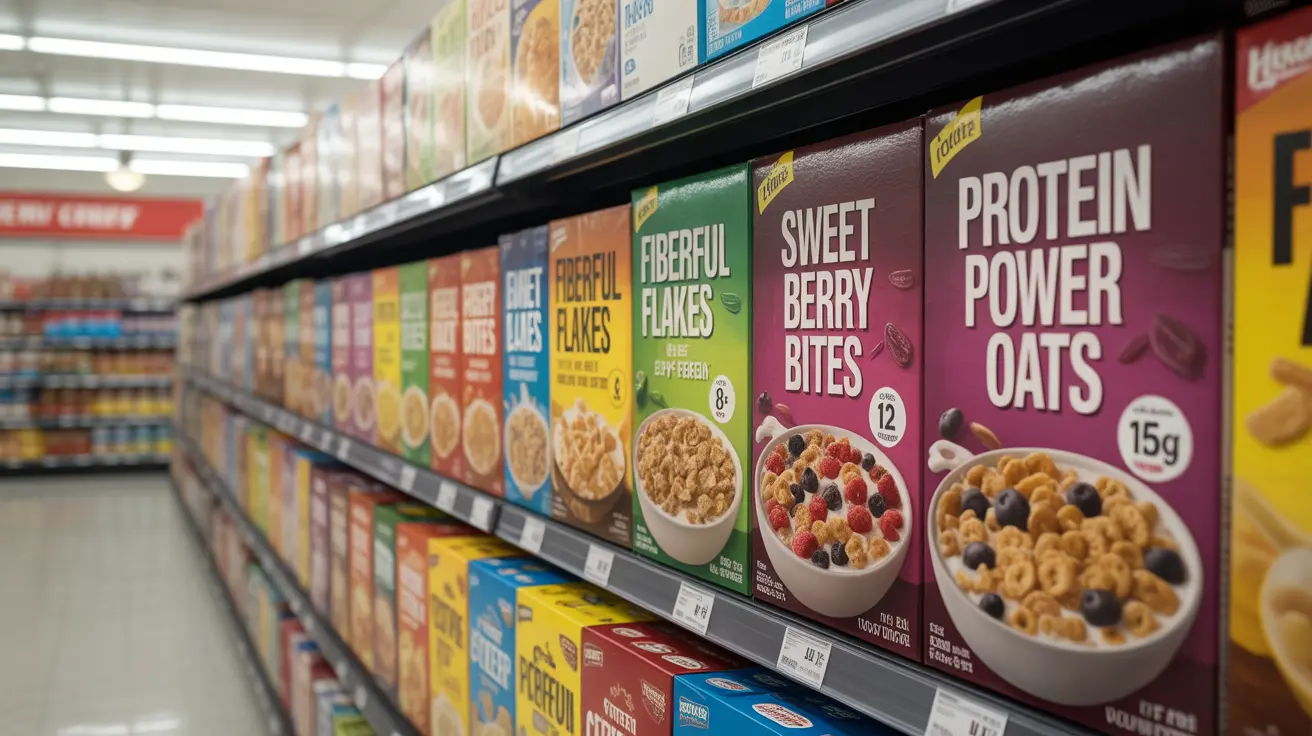Navigating the cereal aisle can feel overwhelming when you're trying to make nutritious choices for your breakfast. With countless options available, understanding what makes a cereal truly healthy is essential for making informed decisions that support your wellness goals.
In this comprehensive guide, we'll explore the key factors that define a healthy cereal and provide expert tips to help you select the most nutritious options for your morning meal.
Understanding What Makes a Cereal Healthy
A truly healthy cereal goes beyond attractive packaging and marketing claims. The most nutritious cereals share several important characteristics that contribute to their overall health value:
- High fiber content (at least 3-5 grams per serving)
- Low added sugar (less than 6 grams per serving)
- Whole grain as the first ingredient
- Minimal artificial additives
- Good protein content (3 grams or more per serving)
Key Nutrients to Look for in Healthy Cereals
Fiber Content
Dietary fiber is crucial for digestive health and sustained energy. Look for cereals that provide:
- Soluble fiber for heart health
- Insoluble fiber for digestive regularity
- At least 3 grams of total fiber per serving
Protein Power
Protein helps keep you feeling satisfied and maintains stable blood sugar levels. The best options include:
- Natural protein from whole grains
- Added protein from nuts and seeds
- Plant-based protein fortification
Whole Grain Benefits
Whole grains provide essential nutrients and sustained energy. Check for:
- 100% whole grain as the first ingredient
- Multiple grain varieties for diverse nutrition
- Minimal processing of the grain components
How to Read Cereal Labels Effectively
Understanding nutrition labels is crucial for making healthy choices. Focus on:
- Serving size (often smaller than you might expect)
- Sugar content per serving
- Fiber-to-sugar ratio
- Ingredient list order
- Hidden sources of added sugars
Making Your Cereal Breakfast More Nutritious
Even with a healthy cereal choice, you can boost its nutritional value by:
- Adding fresh fruits for natural sweetness and vitamins
- Including nuts for healthy fats and protein
- Using unsweetened plant-based milk alternatives
- Incorporating seeds for omega-3 fatty acids
- Measuring portions to maintain proper serving sizes
Frequently Asked Questions
What makes a cereal one of the healthiest options to eat for breakfast?
The healthiest cereals contain whole grains as the first ingredient, provide at least 3 grams of fiber per serving, contain less than 6 grams of sugar, and offer some protein. They should also be free from artificial colors and flavors, and contain minimal processed ingredients.
How can I identify cereals with low sugar and high fiber when shopping?
Check the nutrition facts panel for fiber content (aim for 3+ grams per serving) and sugar content (less than 6 grams per serving). Review the ingredients list to ensure whole grains are listed first and there aren't multiple forms of added sugars.
Which cereals provide the most protein and fiber for a balanced breakfast?
Look for cereals made with whole grains, nuts, and seeds. These typically provide both protein and fiber naturally. Bran cereals, quinoa-based cereals, and those containing almonds or other nuts often offer the best protein-fiber combination.
Are granolas considered healthy cereals, and how can I choose a low-sugar granola?
While granolas can be healthy, many commercial varieties are high in sugar and calories. Choose granolas with less than 6 grams of sugar per serving, containing primarily nuts, seeds, and whole grains. Look for versions using natural sweeteners in moderate amounts.
What are some tips to enhance the nutritional value of my cereal breakfast?
Add fresh fruits for vitamins and natural sweetness, incorporate nuts or seeds for healthy fats and protein, use unsweetened milk or milk alternatives, and maintain proper portion sizes. Consider mixing multiple healthy cereals for varied nutrition and include a protein source on the side for a more complete meal.




